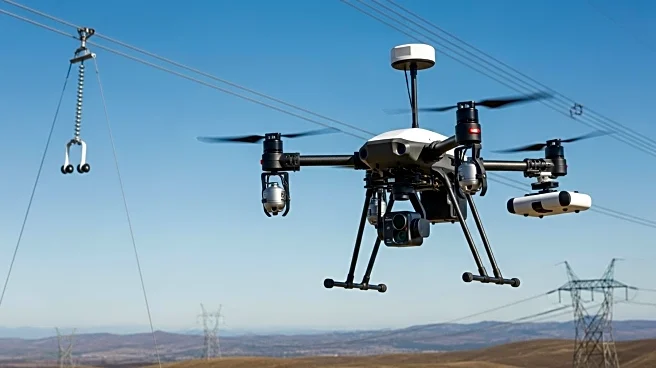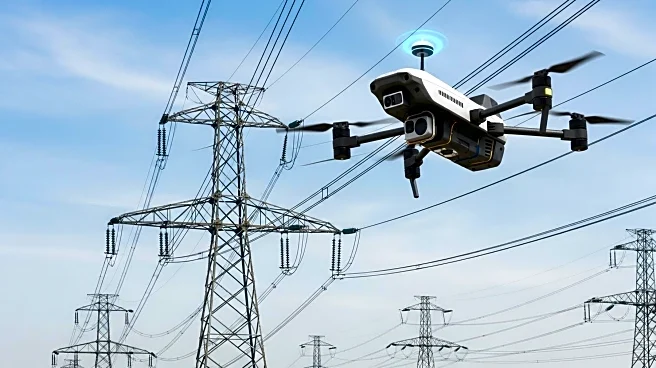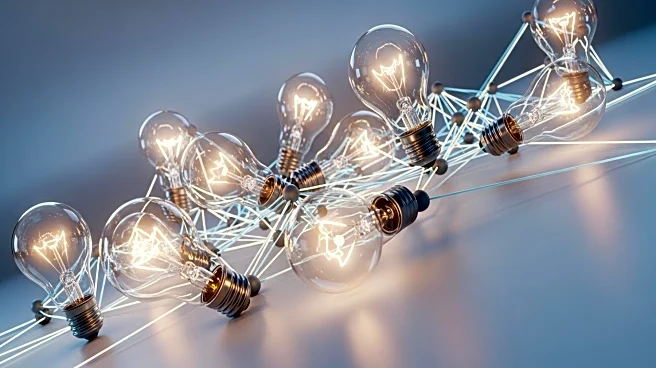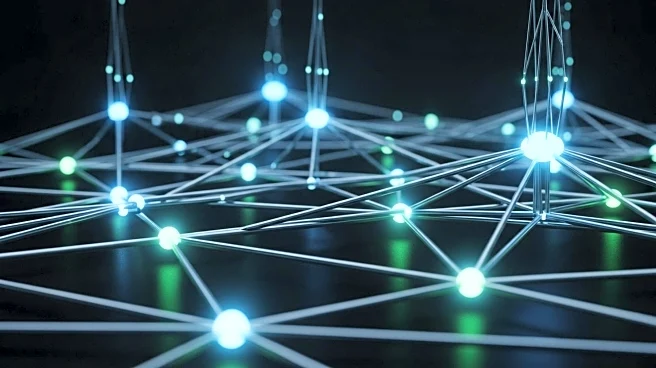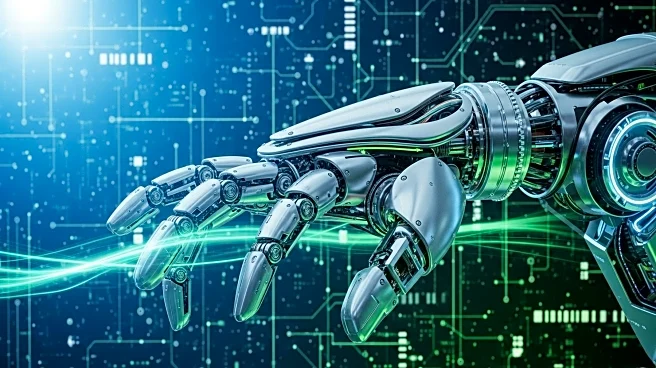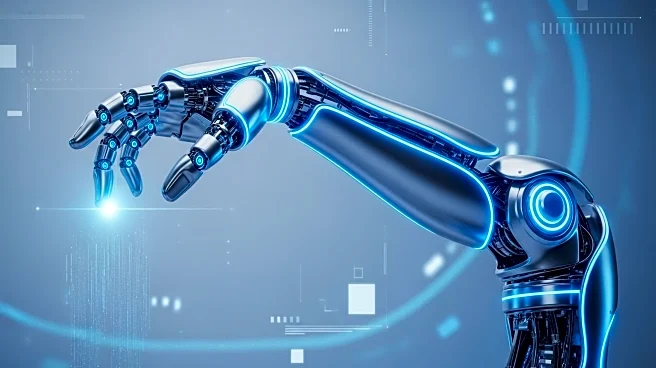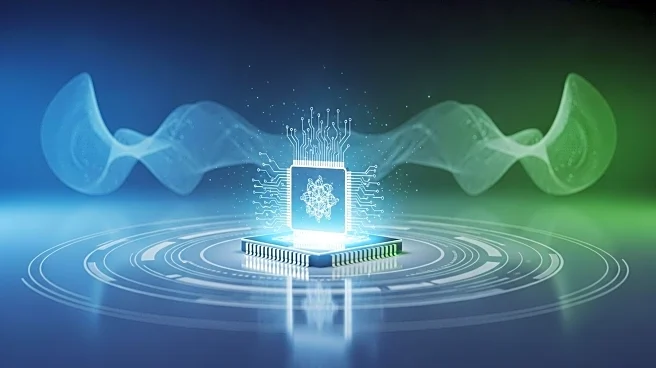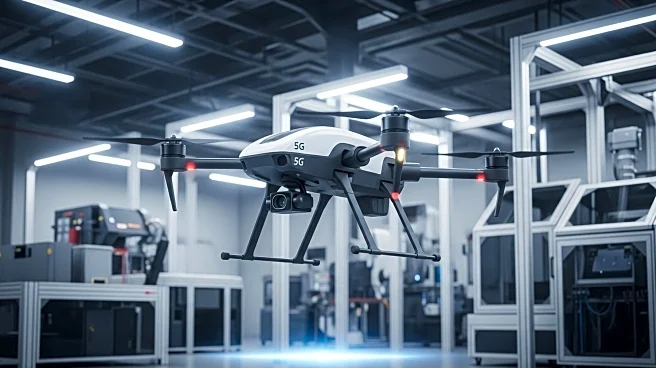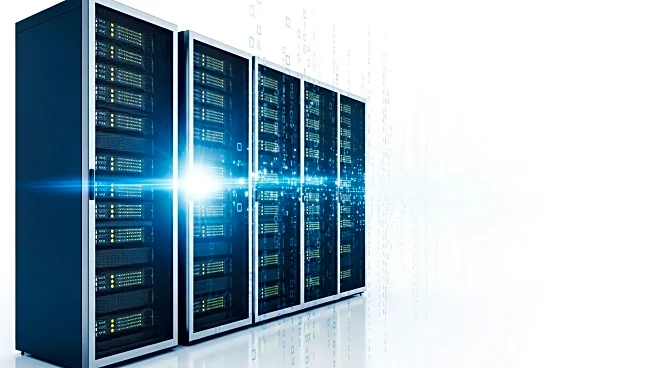What's Happening?
Autonomous drones are transforming the inspection and monitoring of long-distance transmission lines, traditionally a costly and dangerous task for utilities. These drones utilize advanced sensors, GPS, and artificial intelligence to navigate set routes along transmission lines, reducing the need for human involvement in hazardous environments. The International Energy Agency highlights the necessity for grid expansion to meet rising energy demands, making efficient inspections crucial. Drones offer enhanced safety by minimizing risks associated with climbing towers or flying helicopters near power lines. They also provide cost savings, as drone inspections are significantly cheaper than helicopter inspections. Equipped with LiDAR, thermal imaging, and high-resolution cameras, drones collect detailed data, allowing engineers to identify issues such as corrosion or overheating components promptly.
Why It's Important?
The integration of autonomous drones into transmission line inspections is significant for the energy sector, as it addresses safety concerns and reduces operational costs. Utilities benefit from faster turnaround times and high-quality data collection, which supports better maintenance planning and predictive maintenance. As the global grid expands, efficient inspection methods are vital to maintaining infrastructure reliability. The use of drones aligns with the industry's shift towards renewable energy sources, facilitating inspections in remote areas where traditional methods are challenging. Regulatory changes, such as waivers from the Federal Aviation Administration, are enabling broader adoption of drone technology, enhancing the resilience and efficiency of the energy grid.
What's Next?
As regulations evolve, more utilities are expected to adopt autonomous drones for inspections, further integrating AI and predictive analytics to enhance grid maintenance. The future of transmission line inspections may involve a combination of drones, AI, and digital twin technology, allowing utilities to monitor networks continuously and address issues proactively. This technological advancement will likely expand the role of drones in grid management, supporting the transition to a more resilient and efficient energy system.
Beyond the Headlines
The use of autonomous drones in transmission line inspections represents a shift towards modern grid maintenance practices. By reducing environmental impact and supporting the energy transition, drones contribute to a sustainable and resilient energy infrastructure. The integration of drone technology with AI and predictive maintenance offers utilities a strategic advantage in managing extensive infrastructure efficiently.
